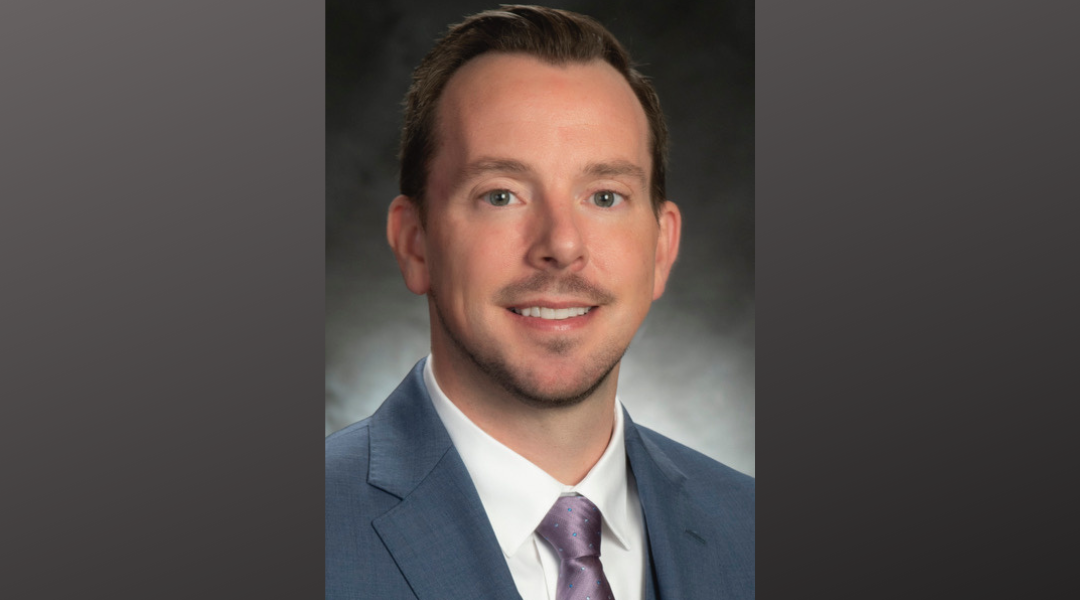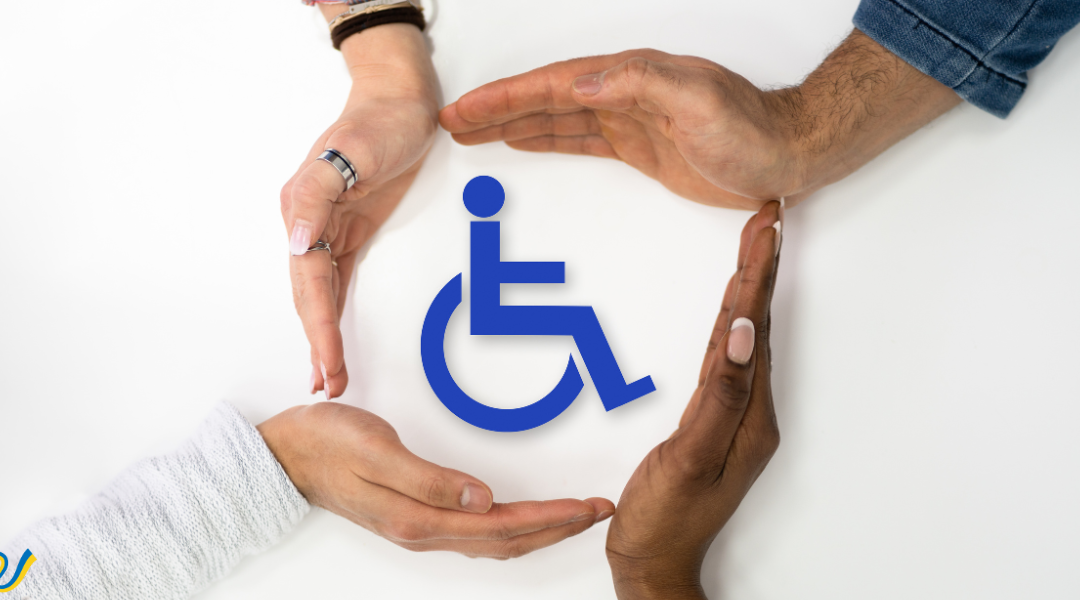The onset of loneliness, anxiety and depression in teens and adolescents during the COVID-19 pandemic has fueled a sharp rise in reports of dangerous eating behaviors.
The National Eating Disorders Association (NEDA) helpline saw a 54% spike in calls for support and resources to treat anorexia nervosa, bulimia, binge eating and other illnesses. Experts blame the surge on factors including stress, isolation and excessive use of social media during the coronavirus lockdown beginning last year.
Health care professionals have long known that eating disorders can be brought on by major life changes. Specialists say that for some young people who already were predisposed, the disruptions from COVID-19 triggered a full-fledged illness or a relapse from their recovery.
“Eating disorders are somewhat of a secret disorder. The more isolated you are at home, the more these types of disorders thrive,” said Joy Crabtree, a licensed psychologist at Cook Children’s. “These disorders often go hand-in-hand with anxiety disorder and depression, and the pandemic has played a role in that.”
At Cook Children’s, we initiated the Joy Campaign – a weekly series of stories addressing mental health issues in children and teens – in response to an alarming rise in suicide attempts in the past year. Eating disorders carry an elevated risk of suicide, particularly in those who suffer from anorexia. One out every of five deaths among anorexics is by suicide, according to the NEDA.
But the hopeful news: Although serious and complex, eating disorders can be treated through a combination of medical, behavioral and psychological tactics. Early diagnosis and intervention lead to better outcomes, Crabtree said.
Keep in mind a few key points:
- Eating disorders cover a spectrum of mental and physical illnesses that in the most severe cases lead to death. Anorexia typically involves severely restricted calorie intake, dramatic weight loss and distorted body image. Binge eating involves rapid and often secretive consumption of large amounts of food. Bulimia causes cycles of binge eating followed by forced vomiting, misuse of laxatives and/or excessive exercise. More information and other types of eating disorders are listed here.
- Eating disorders happen more commonly in girls and women, although boys and men can struggle too. The disorders affect people regardless of age, race or body shape.
- The American Academy of Pediatrics reported the estimate that 0.5% of adolescent females in the United States have anorexia nervosa, and that 1-5% meet criteria for bulimia.
Depression often co-exists with eating disorders. When it comes to adolescents, studies cited by the National Library of Medicine recommend a strategy of aggressively treating the depression and not just the unhealthy eating behaviors alone. Studies also recommend routine monitoring for signs of suicidal ideation, which surface when someone doesn’t want to live anymore.
The reported rise in new or recurrent eating disorders remains a relevant story, even as many of the COVID-19 restrictions have ended, because these illnesses require specialized and sometimes long-term care. As one dietitian put it … eating disorders don’t go away overnight. Treatment options range from outpatient visits to residential care to hospitalization for complications from severe malnutrition (heart disease, organ failure and electrolyte imbalance in the most extreme cases). But access to treatment isn’t always available.
In the past year, inquiries about eating disorders have trended up at Cook Children’s, although the medical center’s behavioral health Intake department doesn’t keep an exact count. Crabtree sees a tie-in to the general anxiety and depression that the COVID-19 pandemic inflicted. She listed contributing factors such as last year’s school closures, cancelation of extracurricular activities and separation from friends.
What else came into play during the pandemic? Lack of routine for sleeping and meals. Poor coping skills. Messages about food hoarding. Fears about weight gain. Pressure to look thin in social media photos and on the Zoom screen.
“Seeing yourself on camera, seeing others on camera, making those comparisons has played a role” in the rise of eating disorders, Crabtree said. “It was kind of a perfect storm, all this focus on food and bodies. It was very overwhelming.”
She urged parents to watch for signs of eating disorders in kids. Red flags include preoccupation with dieting, dramatic weight loss, withdrawal from friends, fatigue, dizziness, fainting, anemia, hair loss and menstrual irregularities. Anyone with concerns should contact their child’s pediatrician or call Cook Children’s to discuss referral options or possible psychological or psychiatric treatment, Crabtree said.
Getting started on treatment
Jean Mankin, a registered dietitian with Cook Children’s Outpatient Nutrition Services, works with primary care physicians to help with food allergies, obesity, picky eating and other issues. When it comes to someone with significant weight loss, Mankin starts by trying to determine whether the patient’s weight fluctuation is intentional.
“If you feel like they’re purposefully withholding food or telling you that they’re binge eating or purging, it’s important to get help,” she said. “A lot of kids are finding themselves having issues they didn’t have prior to the pandemic.”
Mankin emphasized that adolescents need to eat a well-balanced and sufficient diet because all vital organs and bone are rapidly growing and developing at this stage. Anxiety and depression can cause a dramatic decrease in appetite for some, and for others it can lead to stress eating or binging. As long as mental health problems go unresolved, the eating behaviors won’t improve, she said.
At Cook Children’s, patients with suspected eating disorders are referred to local specialists such as Carol Ann Darwin, a registered dietitian in Fort Worth who has met over her career with clients from age 8 to age 70. In April 2020, Darwin started seeing a big increase in anorexia and bulimia mainly among the 13- to 17-year-old set. She called the pandemic a nightmare.
“I went from working three days a week to working six days a week just to get these kiddos in,” Darwin said. Some individuals with eating disorders had to be hospitalized with feeding tubes until spots opened up in residential treatment centers, she said. Dietitians, therapists and treatment centers in North Texas and nationally still have waiting lists up to a month, Darwin reported.
The pandemic caused an onslaught of maladies that Darwin’s youngest clients bring up: isolation, stressful dynamics in a quarantined household, frustration with online school, loss of control. Food became a crutch to comfort and to alleviate loneliness. The challenges that were particular to 2020 compounded the usual causes of eating disorders, such as genetic predisposition and being bullied.
There’s no quick fix; Darwin typically meets with her clients in weekly nutrition consultations for two or three years – although the time frame can be less for those whose underlying depression and anxiety are mild. She said she prefers to use “gentle nudging,” rather than scare tactics, to motivate her clients to start eating appropriately.
“I’ve had several (clients) where I thought, ‘Would this have happened if COVID hadn’t come along?’ Maybe not,” she said.
Disconnection and disappointments
Dawn Dillon, a therapist in Fort Worth who has specialized in eating disorders since 1998, characterized the current demand for mental health services as an explosion. Disordered eating can come from the instinct to take action during times of uncertainty and fear, Dillon said. She drew an analogy to the people who rushed out to buy toilet paper in the early days of the pandemic. The same instinct applies to food and body image.
“We take all these things that are messy, uncertain or scary, and we manifest it through our body,” Dillon said. “Instead of saying ‘I’m scared, I don’t know what to do,’ it gets put onto the body as ‘I’m fat. There’s something to do with that – I can lose weight. I can sculpt. Or I can tone.’”
Eating disorders can originate out of a misplaced attempt to manage distress when someone feels stuck or trapped. Dillon listed a variety of scenarios that particularly applied to life for teens and young adults during the height of the COVID shutdown: Disconnection from social support. Disappointment when prom and graduation got called off. When will colleges and dorms reopen? So many unknowns.
Additionally, refusal to eat can be a way that teens, like toddlers, exert their separate identity. “In a home with no personal space and no autonomy, a lot of times eating disorders will creep up because it’s a way to assert boundaries,” she said.
Once a patient’s medical condition and food intake have stabilized, Dillon said, the mental health piece of treatment becomes vital to get to the root of the anorexia, bulimia or binge eating. Everyone involved in treatment stays vigilant for warning signs of suicide.
No one chooses to develop an eating disorder. Dillon’s current clientele includes first-timers as well as patients with persistent struggles in and out of treatment. Some patients who were handling recovery well prior to COVID-19 had to return for more therapy.
“From the research, we know that life-stage transitions are high-risk times,” she said. “You look at this pandemic, and it was a huge transition that nobody planned for, nobody expected, and nobody knew how to do it. So it makes sense that there would be a rise” in cases.
Dillon acknowledges it can be a terrifying experience for families to go through. Don’t blame yourself or make it a power struggle, she advised. “It’s hard on parents on a fundamental level, but it’s not their fault. The goal is to be aligned with your loved one as the two of you fight against the eating disorder together rather than the two of you fighting with each other.”
About Eating Disorders
Eating disorders affect children, adolescents and adults of all races, body shapes, and weights. An estimated 30 million America will suffer from these serious but treatable illnesses at some point in their lives, according to the National Eating Disorders Association (NEDA). Here’s a look at five disorders described on the NEDA website:
- Anorexia nervosa is characterized by dramatic weight loss or lack of appropriate weight gain in children. People with anorexia suffer from a distorted body image. They severely restrict the calories and types of food they eat. The disorder frequently begins during adolescence, although onset can occur in younger children too.
Warning signs include preoccupation with dieting; intense fear of gaining weight; compulsive exercise; and withdrawal from usual friends and activities. Physical effects include fainting and weakness; sleep problems; menstrual irregularities; thinning hair; yellow skin; and impaired immune functioning.
- Binge eating disorder is the most common eating disorder in the United States. It is characterized by recurrent episodes of consuming large quantities of food, even when not hungry. This disorder differs from bulimia due to the absence of purging afterward. People who binge often eat in isolation, quickly, and to the point of discomfort.
Warning signs include shame and depression regarding the binge sessions; low self-esteem; eating throughout the day with no planned mealtimes; skipping regular meals; and eating alone. Physical effects include fluctuations in weight.
- Bulimia nervosa is characterized by a cycle of binge eating followed by behaviors such as self-induced vomiting or misuse of laxatives or diet pills to compensate for the binging episode. People with bulimia rapidly eat large amounts of food. They feel they can’t control how much they are eating.
Warning signs include food hoarding; consuming unusually large quantities of food in a short time; and signs of purging such as frequent trips to the bathroom after meals. Physical effects include noticeable fluctuations in weight; discoloration of teeth from vomiting; and patterns of self-injury such as cutting.
- Orthorexia is not formally recognized as a diagnosis but refers to an obsession with ‘healthful’ eating. People with orthorexia become so fixated on ingredients and nutritional labels that they actually damage their own well-being. Studies show a correlation to obsessive-compulsive disorder.
Warning signs include cutting out an increasing number of food groups (carbohydrates, dairy, meat etc.); spending hours per day thinking about what food might be served at upcoming events; and high levels of distress when healthy foods aren’t available.
- Avoidant Restrictive Food Intake Disorder (ARFID) is a new diagnosis previously referred to as “Selective Eating Disorder.” Like anorexia, ARFID causes dramatic weight loss, nutritional deficiency and stunted growth. What makes ARFID different from anorexia is the root cause: lack of interest in eating, rather than concern about weight gain. Children with ARFID don’t consume enough calories to develop properly.
Warning signs include lack of appetite; consistent reports of upset stomach or other gastrointestinal issues having no known cause; fears of choking or vomiting; and dependence on nutritional supplements. Picky eating gets progressively worse. People with ARFID may avoid foods based on sensory characteristics such as texture.

About the Joy Campaign
Cook Children's Joy Campaign is a communication initiative that aims to encourage hope and resilience among children and teens.
Joy stands for: Just breathe. Open up. You matter.
The number of children and teens suffering from anxiety, stress and depression is skyrocketing. Sadly, Cook Children's has seen a record number of patients attempting suicide in the past year. The Joy Campaign is a suicide prevention communication initiative led by Cook Children's to bring hope and needed resources to children and families facing struggles and dark times in their lives.
Learn more about the Joy Campaign and available mental health resources here.
Support Cook Children's Rees-Jones Behavioral Health Center
You can help support the work being done through the Rees-Jones Behavioral Health Center at Cook Children’s by making a donation today. Visit our website by clicking here.





































